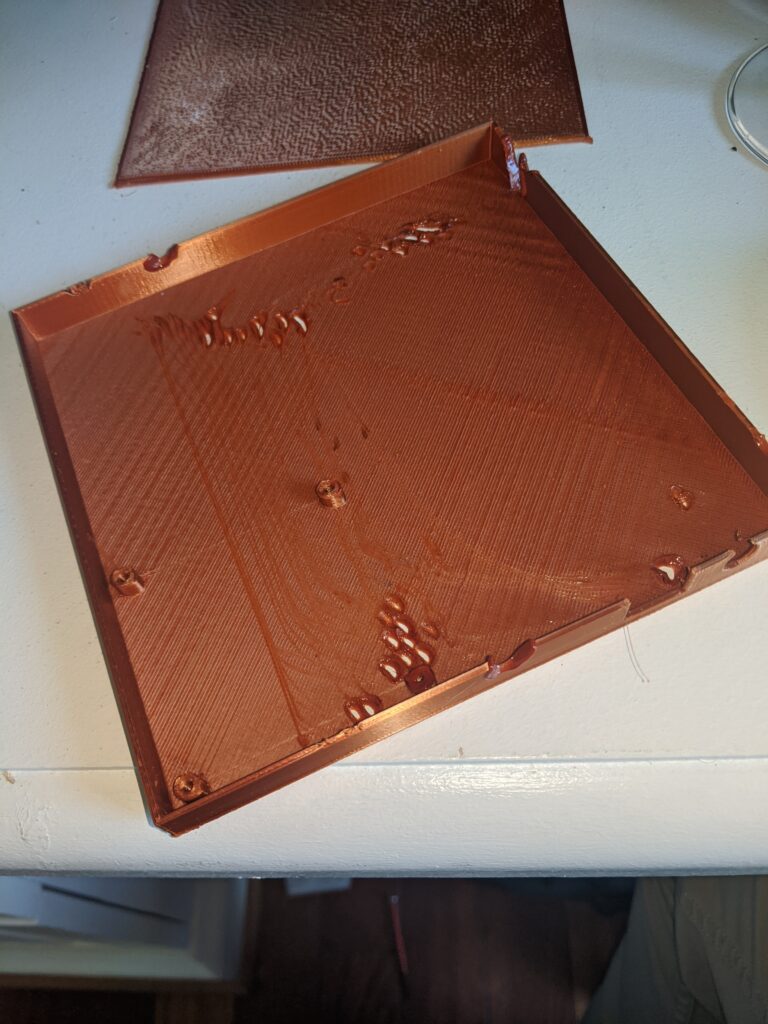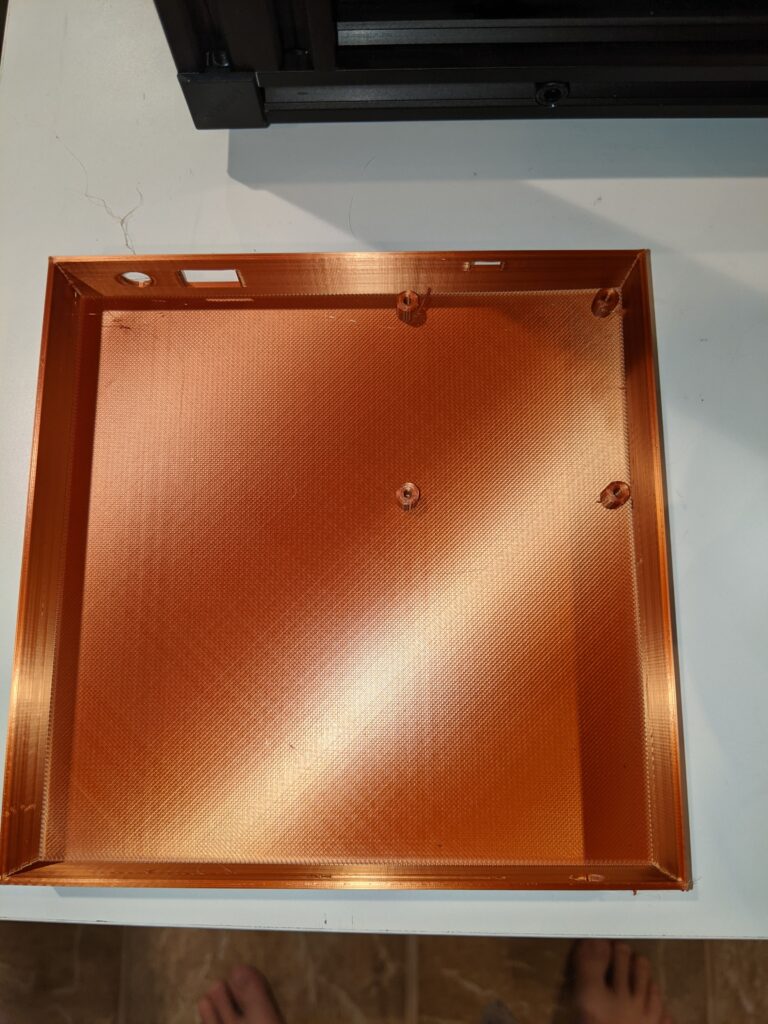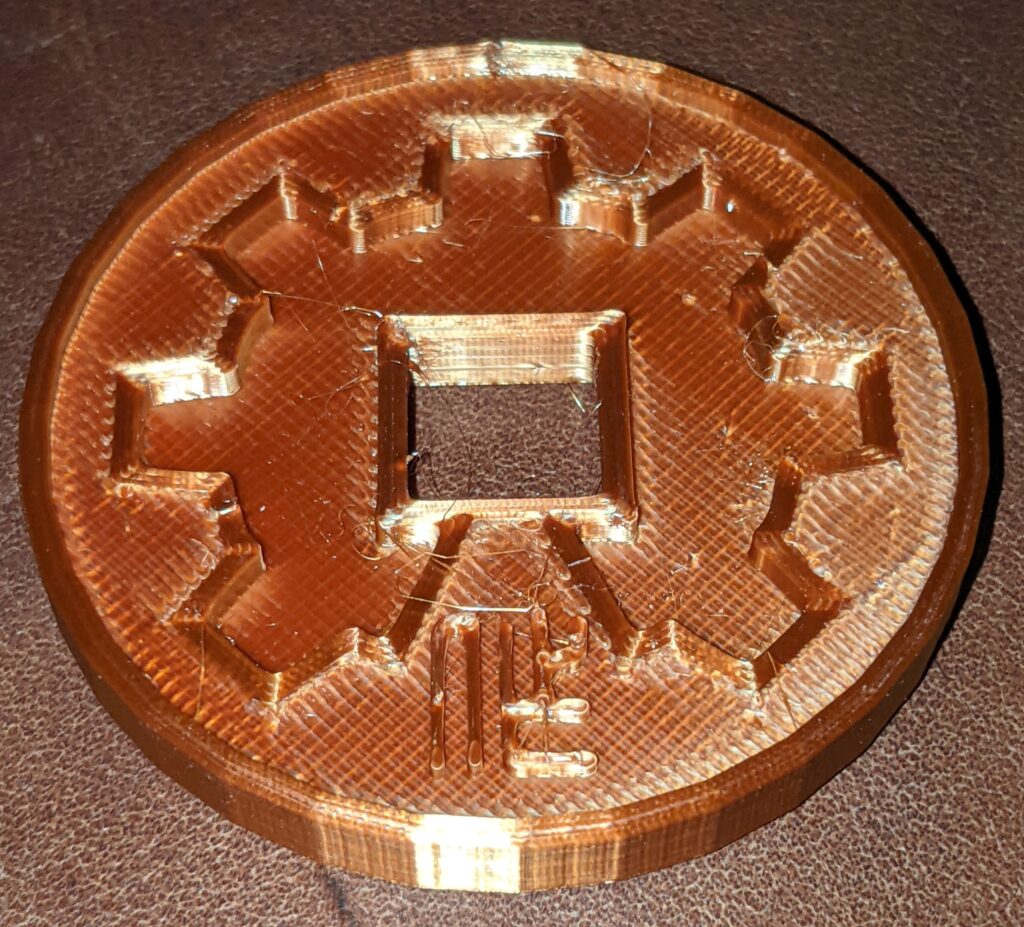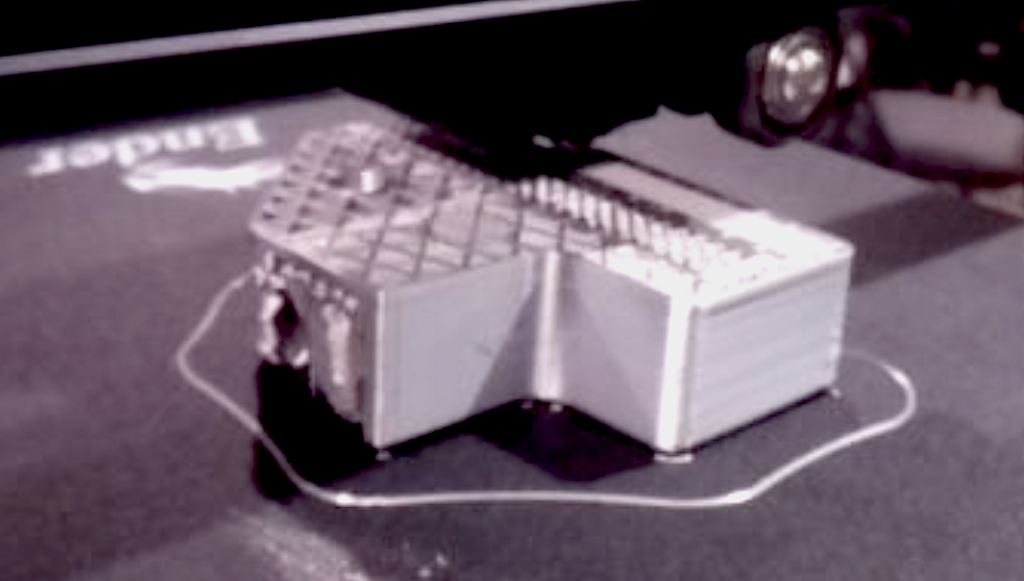A few years back, I bought my first 3D Printer. I settled on the Anet A8. Mainly because it was cheap. Partly because it was a DIY challenge, and I tend to take on challenges, but mainly because it was cheap. I had it mostly assembled, but reached an obstacle which I can no longer remember, and set it aside. Then in 2018, I moved, having never printed anything, and packed it up.
When unpacking the “lab” boxes in the new home, I decided to refocus my efforts on getting it up and running. I was able to continue where I left off pretty easily, and printed several things successfully, and many more things unsuccessfully.
I will now rattle off all the things I hated about the Anet A8. I hated them so much that it actually gave me a feeling of dread when considering a 3D print job. My failure rate was so high that more than once I ordered things printed on the open market rather than attempt them myself.
- I hated the bed. The bed on the A8 sits low and moves back and forth on one axis. If the belt is even slightly off, too loose or too tight, print problems will occur. The bed was also leveled by SCREWS set in the corners of the bed, so if you add an alternate build surface, you have to move that out of the way to adjust the bed leveling. I added larger knobs later, but they were still problematic due to that design. Also, because the bed was flat at the bottom of the build area, reaching underneath to level it was painful.
- The Z axis was controlled by TWO SEPARATE MOTORS on two separate threaded rods. Yet another thing requiring manual synchronization, or print issues will occur.
- I didn’t know any better, but I hated the acrylic frame, because it made the whole thing a bit rickety, and “wobbled” during prints.
- The hot end was physically attached to the extruder. Maybe this was a good thing, because you don’t have a bunch of unused filament hidden away in a long bowden tube, but if anything goes wrong anywhere in the hot end on the Anet, it’s a real PITA to disassemble and reassemble. It almost requires four hands to hold the extruder, hot end and fan all together while tightening the screws. Once I didn’t tighten the heater block enough on reassembly, and it vibrated loose and came off during the print, and dragged all over the piece, melting plastic in its wake.

It got to the point where I was afraid to run bigger and more complex prints because all too often they resulted in just wasted PLA.
So after losing all faith in both my printer and my own abilities to manage it, I finally started researching better units. Several friends had reported that the printers they purchased were far less maintenance-heavy and far more reliable. I’m a smart, adaptable guy, but it was a new problem every time, and I was tired of it.
So I bought a new printer last week. I settled on the Creality3D Ender 5. Still very affordable ($300) but a step up from the Ender 3. Four corner thick extruded aluminum frame. The bed moves up and down on the Z axis, while the nozzle moves on the X and Y axis at the top of the unit. The extruder motor and hot end are separated by a long bowden tube, which is alternately annoying and a relief.
Assembled the Ender 5 in less than an hour. Before printing anything, I measured the extruder for accuracy, and corrected the E-steps/mm. My first test print came out better and sharper than anything on the Anet A8 ever did, with no further adjustments. My first large print failed, but that’s on me, because I didn’t properly route and secure the cables and bowden tube, and they snagged on a motor. Ever since fixing that with a zip-tie, I haven’t had a single failure. I can reliably print large items now, and I wish this had been my experience in the beginning.


So if I have any advice at all to aspiring 3d-printer owners, it’s this. Get the right printer the first time. Don’t necessarily get the cheapest. Get something that someone you know recommends, or that gets great reviews. Learn calibration, learn bed-leveling. Consider a Pi 4 with a PiCam and Octoprint.
Would I recommend the Ender 5? Fuck yes. My friend has a CR-10S and he recommends that one as well, but I was trying to stick to a budget. I’m very pleased with this unit. I’ve got another piece being printed right now, and after only a few days, my confidence level has allowed me to forget about checking on it for a while. But it looks like it’s doing fine. But I have to focus that camera, LOL.

I’m waiting for a new spool of copper silk PLA to arrive in the next day or two. I have a large-ish complex piece I am going to reprint, because I’m unhappy about the results from the Anet. I will show a side-by-side comparison of the two pieces in my next post in the next few days.

